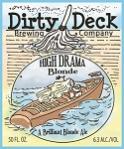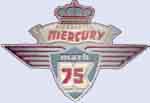Jim Booe, creator of the TURBO propeller line, built an OMC V4 with turbo-charger and mechanical fuel injection (Hilborn I believe) in the early 70's. He did this with Bob Thompson, Just-Add-Water Racing. Jack Leek, Jimbo and I went to Indy where Jimbo tested the engine on the lake by Bob's dealership. The engine was impressive(fast), when we saw it Jim was still working out bugs in the fuel system. A little know fact, but in addition to making some really fast race props Jim is an excellent engine guy. Also, much more modest than RH.


 Thanks:
Thanks:  Likes:
Likes: 


 Reply With Quote
Reply With Quote




Bookmarks